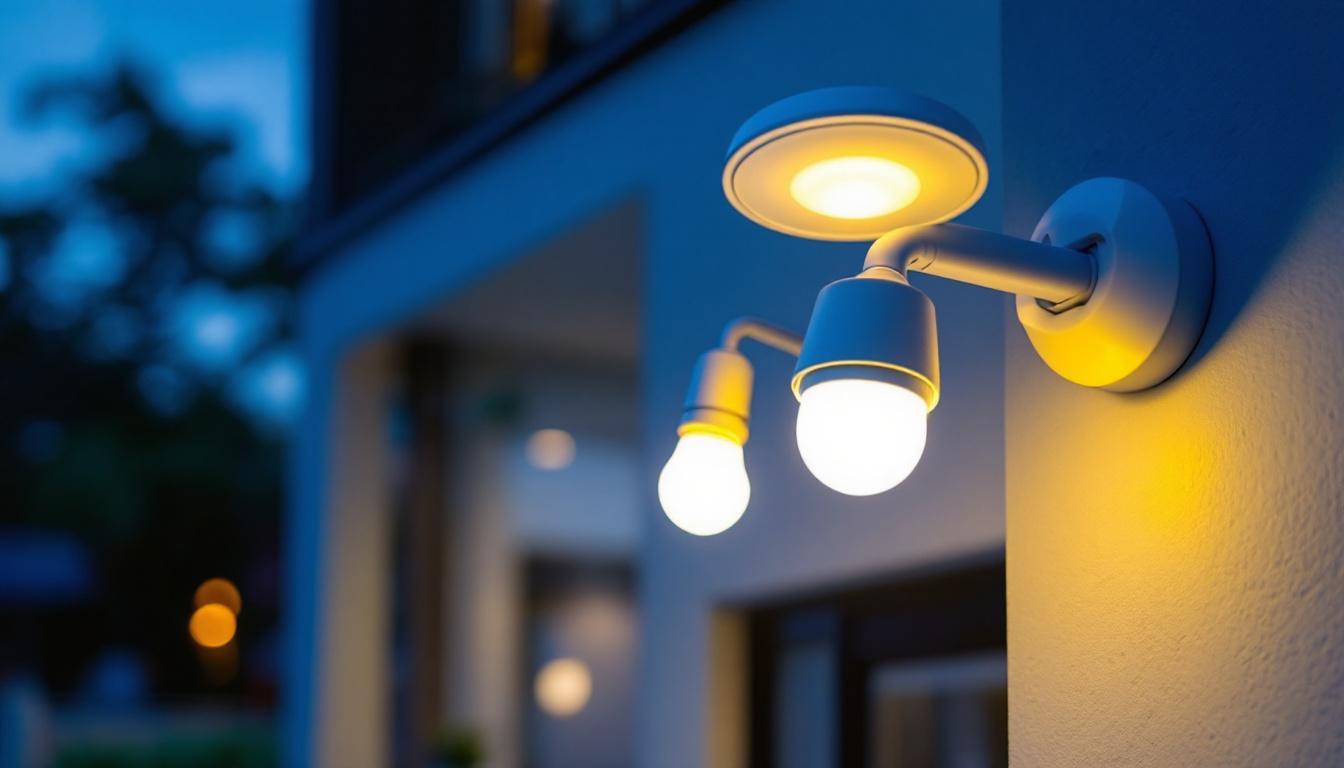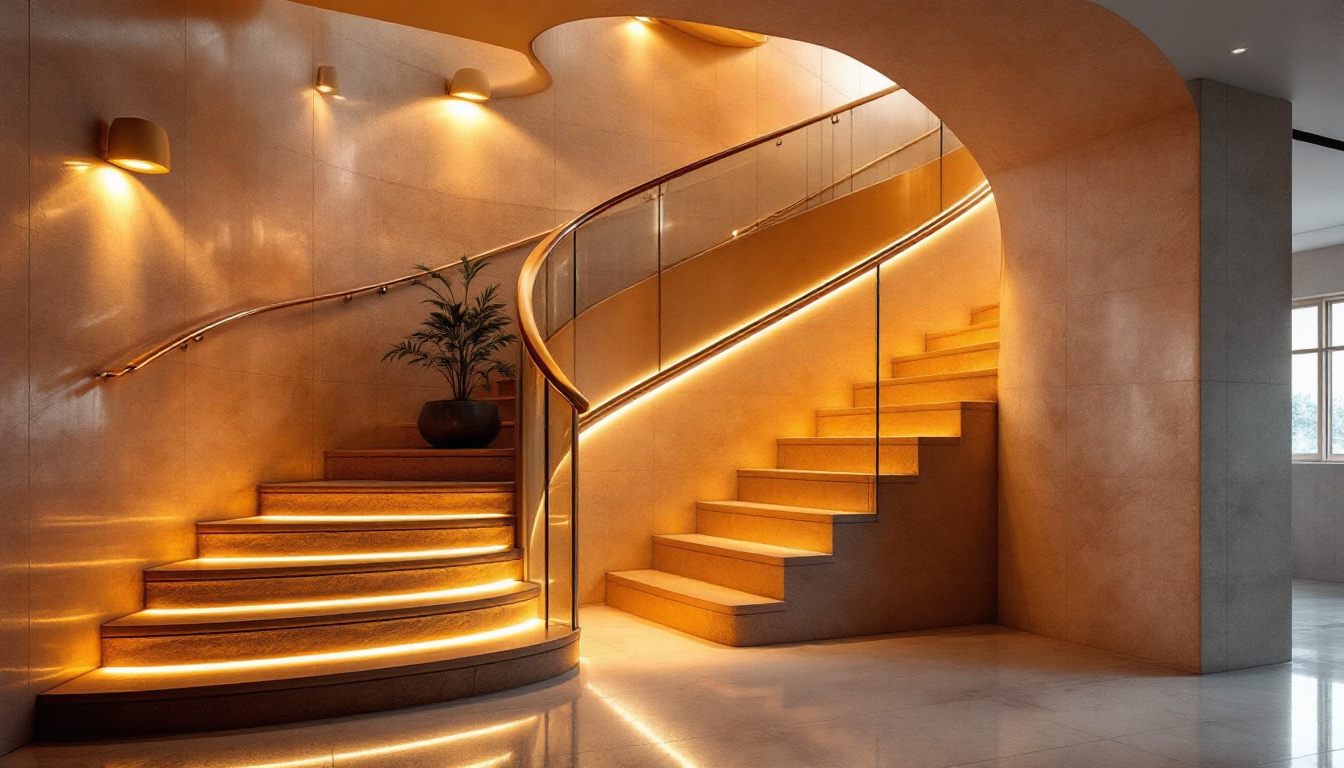Choosing the right amount of lumens for a living room can significantly impact the overall ambiance and functionality of the space. For lighting contractors, understanding the nuances of lumens and how they relate to different room sizes and activities is essential. This guide aims to provide insights into determining the appropriate lumen levels for living rooms, ensuring clients receive optimal lighting solutions.
Lumens measure the total amount of visible light emitted by a source. Unlike watts, which indicate energy consumption, lumens provide a clearer picture of how bright a light will be in a given space. For lighting contractors, this distinction is crucial when advising clients on lighting choices. The ability to convey this information effectively can greatly influence a client’s satisfaction with their lighting setup, ensuring that the chosen fixtures not only meet aesthetic desires but also functional needs.
In living rooms, where people gather for relaxation, entertainment, and socializing, the right lumen level can enhance comfort and functionality. Too few lumens can make a space feel dim and uninviting, while excessive brightness can lead to glare and discomfort. The balance of light is essential; it can affect mood, energy levels, and even productivity. Therefore, understanding how to manipulate lumens can transform an ordinary living room into a welcoming and vibrant environment.
Several factors influence the number of lumens required for effective living room lighting. These include the size of the room, the color of the walls, the type of furniture, and the activities taking place in the space. Each of these elements plays a critical role in determining how light interacts with the environment and how it can be optimized for various uses.
For instance, darker wall colors absorb more light, necessitating a higher lumen output to achieve the desired brightness. Conversely, lighter walls reflect light, allowing for a lower lumen requirement. Additionally, the presence of large furniture pieces can also impact how light is distributed throughout the room. For example, a large sectional sofa may cast shadows that require additional lighting sources to ensure even illumination. Moreover, the layout of the room, including the placement of windows and natural light sources, can further complicate the lighting equation, making it essential to consider all aspects when planning a lighting design.
A common guideline for living room lighting is to aim for around 100 to 150 lumens per square foot. This general rule serves as a starting point, but adjustments may be necessary based on individual preferences and specific room characteristics. Lighting contractors often recommend layering different types of lighting—ambient, task, and accent—to create a dynamic and versatile space that can adapt to various activities and moods.
For example, a cozy living room designed for movie nights may benefit from softer, warmer lighting, while a space intended for reading or hobbies might require brighter, more focused illumination. Understanding these nuances is key for lighting contractors when providing tailored recommendations. Additionally, incorporating dimmable fixtures can offer flexibility, allowing homeowners to adjust the brightness according to the time of day or the occasion, thus enhancing the overall experience in the living room. By considering both the technical aspects of lumens and the emotional impact of lighting, contractors can create spaces that are not only functional but also inviting and enjoyable for all who enter.
To determine the total lumens needed for a living room, it is essential to calculate the room’s square footage. This can be done by measuring the length and width of the room and multiplying the two figures.
Once the square footage is established, contractors can apply the general guideline of 100 to 150 lumens per square foot. For example, a living room measuring 200 square feet would require between 20,000 and 30,000 lumens for optimal lighting.
In smaller living rooms, achieving the right balance of light is crucial. A space of about 100 square feet would typically need between 10,000 and 15,000 lumens. However, contractors should consider the room’s layout and furniture placement, as these can affect light distribution.
In such compact areas, utilizing multiple light sources, such as floor lamps, table lamps, and wall sconces, can help create a layered lighting effect. This approach not only enhances brightness but also adds depth and dimension to the room.
For medium-sized living rooms, approximately 200 to 300 square feet, the lumen requirement increases to about 20,000 to 45,000 lumens. Here, contractors have more flexibility in choosing light fixtures and placements to achieve the desired effect.
In these spaces, incorporating a combination of ambient, task, and accent lighting can create a well-rounded illumination strategy. For instance, overhead fixtures can provide general lighting, while floor lamps can serve as task lighting for reading or other activities.
Large living rooms, typically exceeding 300 square feet, may require upwards of 45,000 lumens. In such expansive spaces, it becomes even more important to consider the distribution of light to avoid dark corners and uneven illumination.
Using multiple light sources, including chandeliers, recessed lighting, and wall-mounted fixtures, can help achieve a balanced lighting scheme. Additionally, utilizing dimmers can provide flexibility, allowing clients to adjust the brightness based on their needs and preferences.
When planning the lighting for a living room, it is essential to consider the different types of lighting available. Each type serves a unique purpose and can contribute to the overall ambiance of the space.
Ambient lighting provides the general illumination needed for everyday activities. This type of lighting can be achieved through overhead fixtures, such as chandeliers, flush mounts, or recessed lights. For living rooms, ambient lighting should be soft and inviting, creating a warm atmosphere for relaxation.
Contractors should also consider the height of the ceiling and the layout of the room when selecting ambient lighting options. Higher ceilings may require more powerful fixtures to ensure adequate light distribution.
Task lighting is focused illumination designed for specific activities, such as reading, crafting, or working on hobbies. Floor lamps, table lamps, and wall-mounted sconces are excellent choices for task lighting in living rooms.
When selecting task lighting, contractors should consider the placement of furniture and the activities that will take place in the space. Adjustable fixtures can provide versatility, allowing clients to direct light where it is needed most.
Accent lighting adds visual interest and highlights specific features in a living room, such as artwork, architectural details, or decorative elements. This type of lighting can be achieved through spotlights, track lighting, or decorative fixtures.
Incorporating accent lighting can enhance the overall design of the living room and create a more dynamic atmosphere. Contractors should encourage clients to think about what features they want to showcase and how lighting can enhance those elements.
The choice of light bulbs plays a significant role in achieving the desired lumen output and overall ambiance in a living room. Various types of bulbs are available, each with its own characteristics and benefits.
Incandescent bulbs are known for their warm light and excellent color rendering. They are often favored for creating a cozy atmosphere in living rooms. However, they are less energy-efficient than other options and have a shorter lifespan.
Contractors should consider the balance between warmth and efficiency when recommending incandescent bulbs. While they can create a welcoming environment, clients may also want to explore more energy-efficient alternatives.
LED bulbs are increasingly popular due to their energy efficiency, longevity, and versatility. They are available in various color temperatures, allowing contractors to customize the lighting to suit the client’s preferences.
When using LED bulbs, it is essential to consider the lumen output, as they can provide more brightness with less energy consumption. This makes them an excellent choice for living rooms, where both ambiance and efficiency are important.
Compact fluorescent lamps (CFLs) are another energy-efficient option, offering a longer lifespan than incandescent bulbs. However, they may not provide the same warmth and color rendering as incandescent or LED options.
Contractors should weigh the pros and cons of CFLs when discussing options with clients, ensuring they understand the implications of their choice on the overall ambiance of the living room.
Developing a comprehensive lighting plan for a living room involves considering all the factors discussed above. A well-thought-out plan will ensure that the space is both functional and aesthetically pleasing.
Before creating a lighting plan, contractors should assess the client’s needs and preferences. Understanding how the living room will be used, the desired atmosphere, and any specific features to highlight will guide the selection of fixtures and bulbs.
Engaging clients in this process can lead to a more satisfying outcome, as they will feel involved in the decision-making and more invested in the final result.
Once the client’s needs are established, contractors can design the lighting layout. This involves determining the placement of fixtures, the types of bulbs to use, and how to achieve a balanced distribution of light throughout the room.
Utilizing a mix of ambient, task, and accent lighting will create depth and interest, making the living room a welcoming space for various activities.
After the lighting plan is implemented, it is essential to test the setup and make any necessary adjustments. This may involve changing bulb types, repositioning fixtures, or adding additional sources of light to achieve the desired effect.
Encouraging clients to provide feedback during this phase can help ensure that the final lighting solution meets their expectations and enhances their living room experience.
Determining the right number of lumens for a living room is a multifaceted process that requires careful consideration of various factors. By understanding the importance of lumens, calculating needs based on room size, and selecting appropriate lighting types and bulbs, lighting contractors can create inviting and functional spaces for their clients.
Ultimately, the goal is to provide a lighting solution that enhances the living room’s ambiance while meeting the specific needs of the occupants. With a thoughtful approach and attention to detail, contractors can ensure that their clients enjoy the perfect lighting for years to come.
Ready to elevate your lighting game? At LumenWholesale, we provide lighting contractors with the high-quality, specification-grade lighting solutions you need to bring any living room to life. Say goodbye to local distributor markups and hello to our extensive selection of premium lighting products at wholesale prices. With free shipping on bulk orders, you can trust that you’re getting the best value without any hidden costs. Make your next project shine and experience wholesale lighting at the best value today.

Discover essential strategies and expert tips for lighting contractors to enhance drive light installations.

Discover the latest trends in light bulbs for security lights that every lighting contractor should be aware of.

Discover the essentials of wafer can lights in this comprehensive guide tailored for lighting contractors.

Illuminate your home’s interior with precision using our comprehensive checklist for indoor stairway lighting.